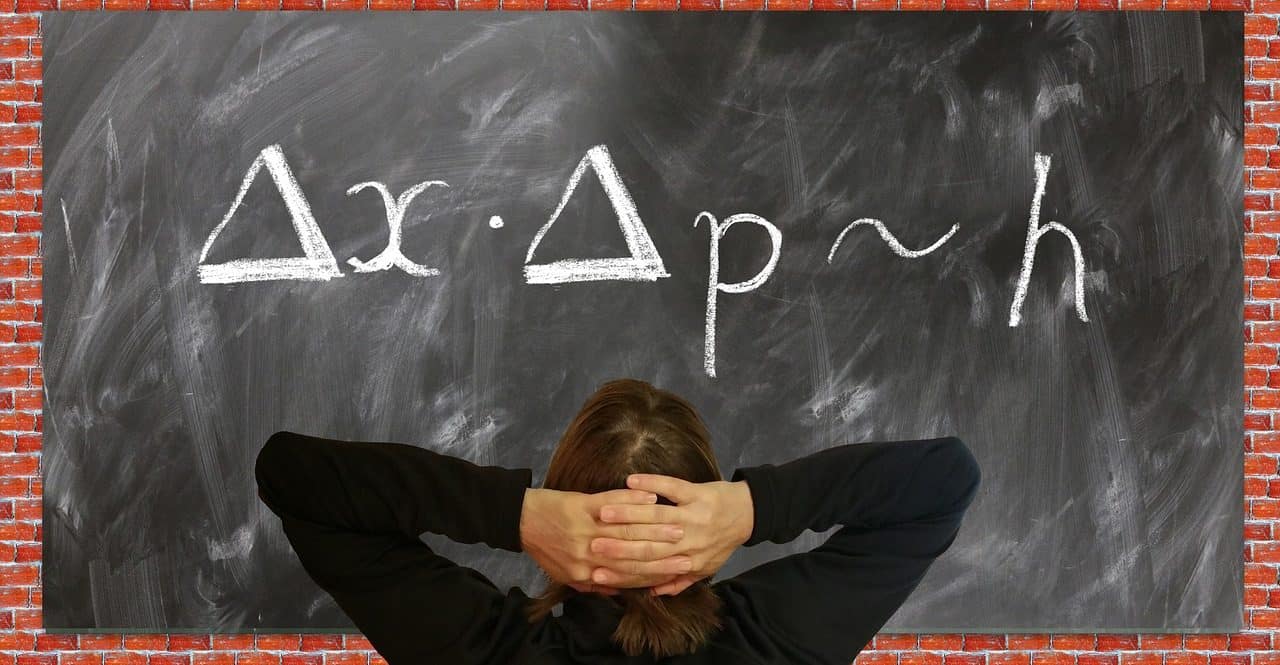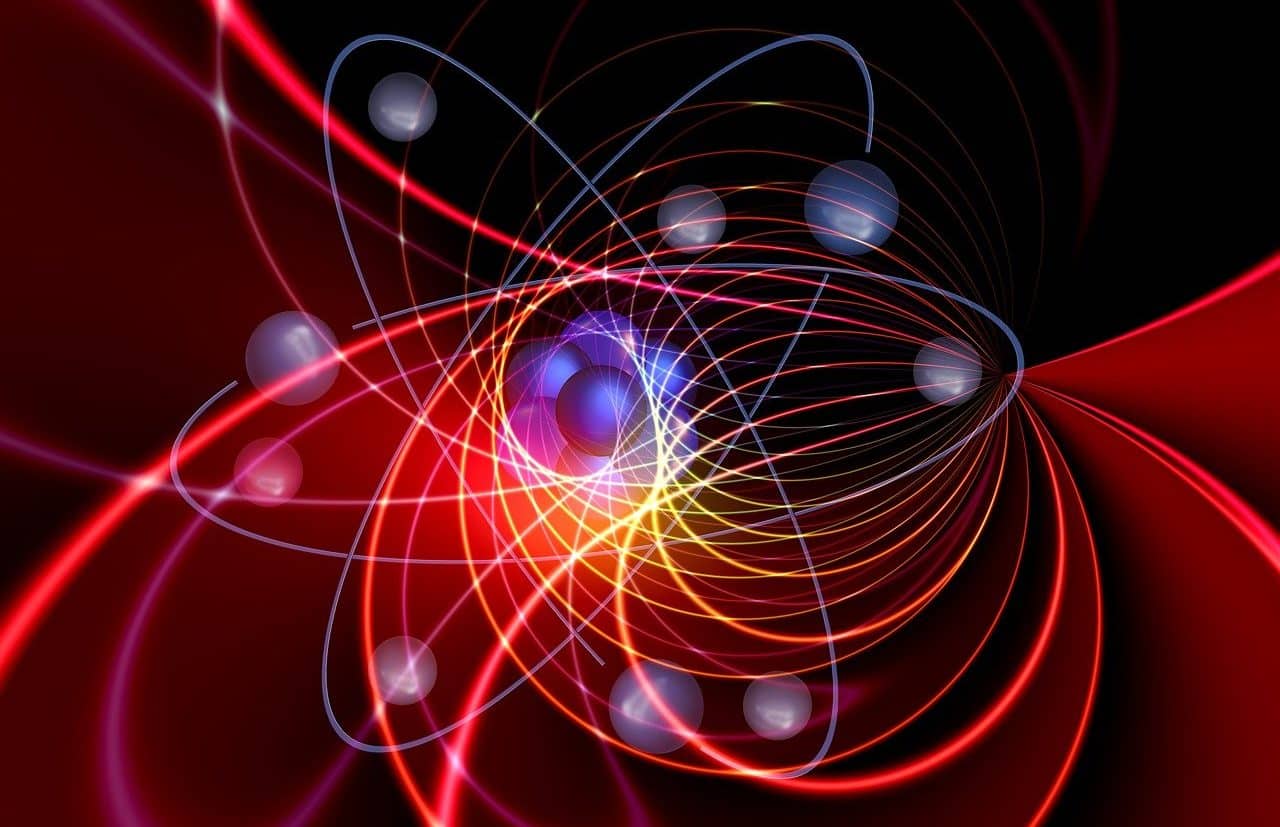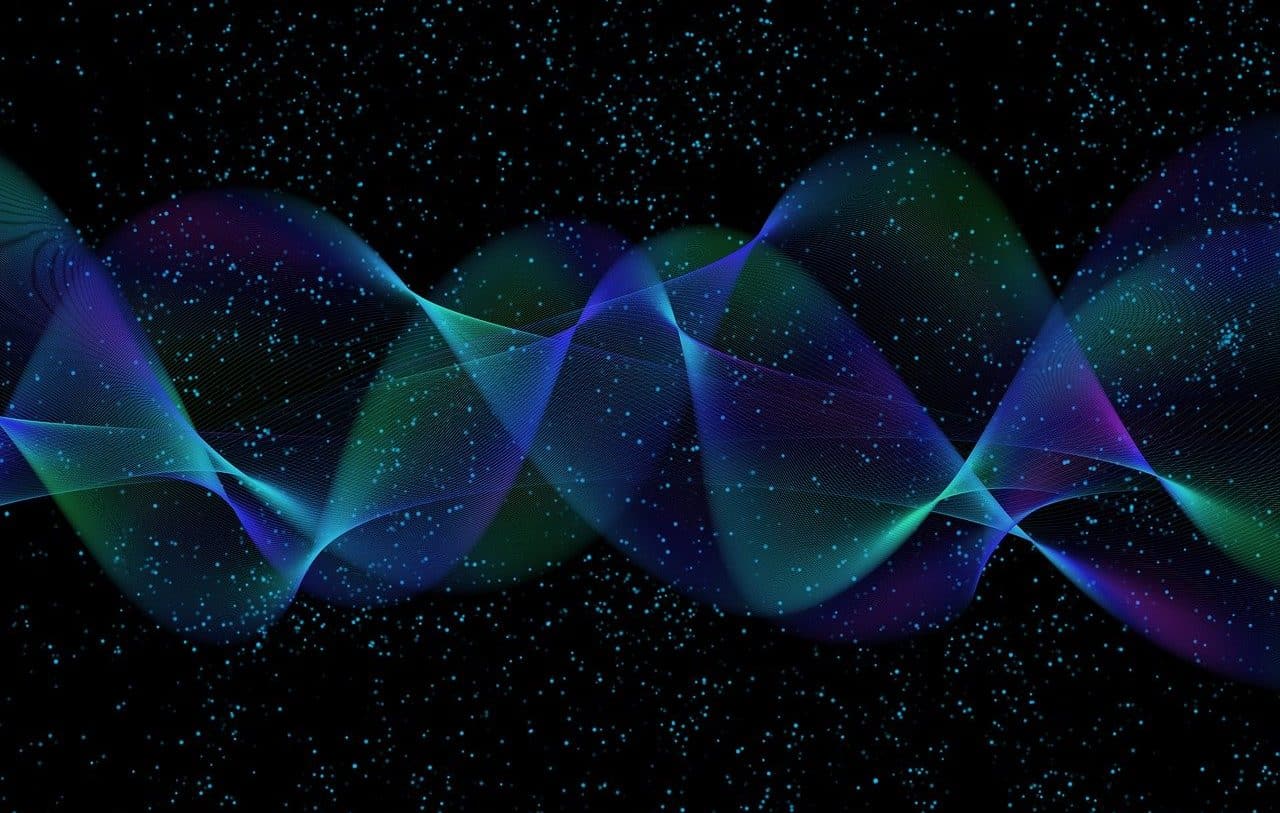
Quantum physics highlighted the importance of theoretical physics , which uses mathematical language to develop models and theories.
Quantum physics is the scientific specialty that analyzes matter on a very small scale . Therefore he carries out his studies at the atomic and even subatomic level.
Quantum physics is also known as quantum mechanics . Throughout history, their contributions contributed to understanding various natural phenomena and made possible the development of the technology used today.
Origin of quantum physics
The origin of quantum physics dates back to the beginning of the 20th century . It arose from the lack of answers in classical physics to various problems, a reality that gradually led to the development of new theories and conceptual frameworks.
The German Max Planck ( 1858 – 1947 ) is often mentioned as the father of quantum physics. Planck indicated that the energy radiated by a black body is discrete and not continuous, when until then it was held that there was an emission, propagation and absorption of energy that was continuous and even infinite.
It should be noted that a black body is an ideal element that absorbs all of the incident electromagnetic energy, beyond the angle of incidence and frequency . From Planck 's discovery, it is understood that energy is absorbed, emitted and propagated in very small quantities: quanta , a quantity that is indivisible and proportional to the frequency of the associated field. In this framework, the postulate that refers to the electromagnetic radiation emitted by a black body that is in thermal equilibrium at a certain temperature is known as Planck's law .
For quantum physics, by extension, the quantum is the smallest value that a magnitude can take on in a given physical system. To this idea were added others that led to the emergence of quantum physics, such as the so-called wave-corpuscle or wave-particle duality .
This duality refers to the fact that matter and light can have both wave and particle properties. In this sense, it must be said that Louis-Victor de Broglie considered that the momentum of a particle is inversely proportional to the wavelength and that the so-called Planck constant is the proportional factor in question.
It is interesting to mention that Planck tried, without success, to make his theories fit with classical physics. On the other hand, developments by other scientists coincided with Planck 's proposals and were adapted to his principles. This is how the field of quantum physics advanced, with important contributions from Albert Einstein (author of the theory of general relativity and the theory of special relativity ), Niels Bohr , Werner Heisenberg and Erwin Schrödinger , among other thinkers.

The standard model of particle physics is a quantum field theory , which applies the principles of quantum physics to the electromagnetic field and other classical systems.
Its consequences
Starting from quantum physics, Newton's laws (presented by Isaac Newton in the 17th century ) can no longer be used to describe the movement of particles . Instead, the Schrödinger equation is needed to mention how the wave function related to a particle propagates.
The quantization of momentum and energy ; the tunneling effect (which indicates that an electron can occasionally pass through walls of energy due to wave-corpuscle duality); the Heisenberg uncertainty principle (referring to the fact that it is not possible to know exactly all the properties of the particles under observation); and the classification of particles into fermions and bosons are other consequences of the consideration of quantum physics.
It should be noted that a quantum particle is considered as a probability wave. Since it is impossible to know exactly where it is located and what its state is until the moment of the interaction, it is at that moment that the rest of the possibilities that, until then, were real are put aside.

For quantum physics, the lowest energy state a system can acquire is its ground state.
The relationship between quantum physics and classical physics
As we already indicated, quantum physics emerged as an attempt to provide an answer to those questions that classical physics cannot answer. Although both areas of physics are incompatible in many aspects, it is clear that they maintain a relationship: the link between both branches of physics is called the classical limit .
For quantum physics, energy is absorbed and emitted in quanta and particles have wave properties . Classical physics, on the other hand, believes that energy is a continuous phenomenon and that matter is located in a specific place in space.
What quantum physics does is analyze the behavior of photons , quarks , electrons , protons , neutrons and other subatomic particles. Thus, it offers an explanation about what happens inside atoms.
It is interesting to mention that, with the aim of carrying out the quantization of gravity , quantum gravity emerged. Its purpose is to use the tools of quantum theories to achieve a description of the behavior of gravity, which is one of the fundamental interactions. Quantum gravity theory and loop quantum gravity are models proposed for this purpose.
